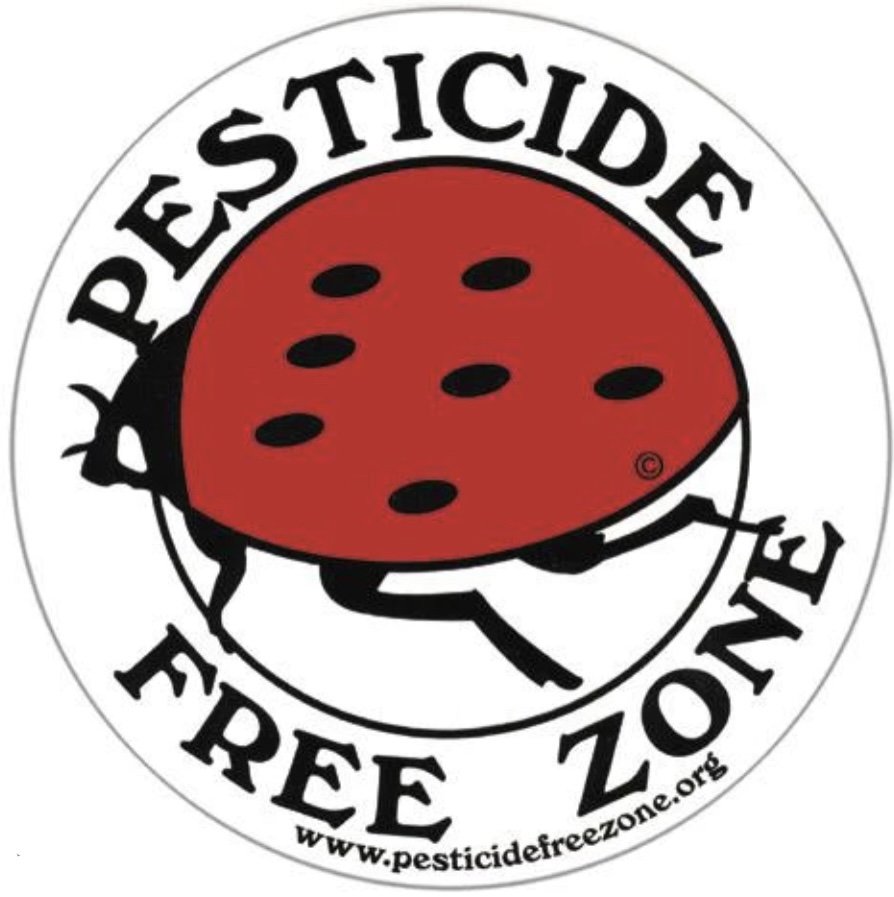Western tanagers are beautiful birds that are attracted to gardens in the Pacific Northwest. Here are some tips for encouraging them in your garden:
1. Provide food: Western tanagers eat insects, fruit, and nectar. Planting native plants that produce berries and fruit, such as huckleberry and serviceberry, can provide a natural food source for the birds. You can also put out nectar feeders or mealworms to supplement their diet. They love sunflower seeds too!
2. Create a habitat: Western tanagers prefer open forests and woodland edges. Planting a mix of deciduous and coniferous trees can provide the habitat they need. They also prefer trees with dense foliage for nesting.
3. Offer water: Western tanagers need water for drinking and bathing. A bird bath or small water feature can provide a source of water for them.
4. Avoid pesticides: Pesticides can harm the insects that western tanagers feed on. Avoid using pesticides in your garden to help maintain a healthy insect population.
5. Provide nesting boxes: Western tanagers typically nest in coniferous trees. You can provide nesting boxes designed for them to encourage them to nest in your garden.
6. Be patient: It may take some time for western tanagers to find your garden. Be patient and continue to provide food, water, and habitat, and they may eventually become regular visitors. I started off with a pair and have watched them raise their babies. Now I have several that frequent the canopy, birdbath, and feeder. They start to show up around May when it begins to warm up and stick around all summer and fall!








